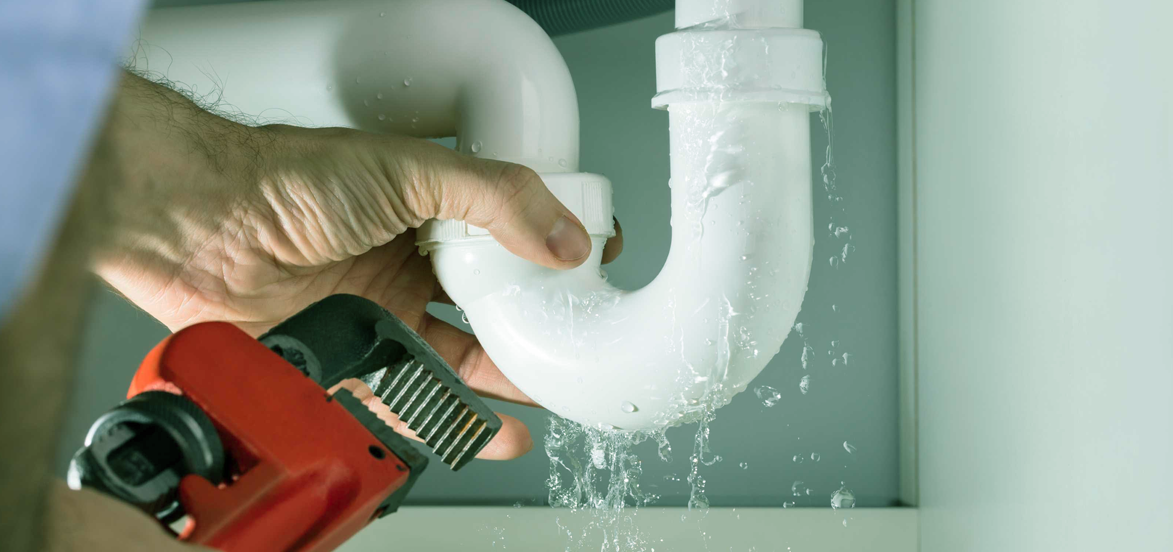Just how to Locate and Repair Service Water Leaks-- A Comprehensive Overview
Just how to Locate and Repair Service Water Leaks-- A Comprehensive Overview
Blog Article
What're your thoughts with regards to Hacks to detect leaks?

Early detection of leaking water lines can mitigate a potential calamity. Some little water leakages may not be visible.
1. Check Out the Water Meter
Every residence has a water meter. Inspecting it is a proven way that helps you find leakages. For starters, turn off all the water sources. Ensure no person will certainly flush, utilize the faucet, shower, run the cleaning machine or dishwashing machine. From there, go to the meter and also watch if it will change. Because no person is utilizing it, there must be no activities. That suggests a fast-moving leak if it moves. Also, if you spot no changes, wait an hour or two as well as inspect back once again. This indicates you may have a sluggish leak that could also be underground.
2. Inspect Water Consumption
Evaluate your water costs and track your water usage. As the one paying it, you must discover if there are any inconsistencies. If you spot sudden changes, in spite of your intake being the same, it indicates that you have leaks in your plumbing system. Remember, your water costs must drop under the exact same range monthly. A sudden spike in your bill indicates a fast-moving leak.
At the same time, a steady increase monthly, despite the same habits, reveals you have a sluggish leakage that's likewise slowly rising. Call a plumber to extensively check your residential or commercial property, especially if you really feel a warm location on your flooring with piping beneath.
3. Do a Food Coloring Test
When it comes to water consumption, 30% comes from toilets. If the color somehow infiltrates your dish throughout that time without flushing, there's a leakage in between the storage tank as well as bowl.
4. Asses Outside Lines
Don't neglect to check your exterior water lines as well. Ought to water seep out of the link, you have a loosened rubber gasket. One small leak can squander lots of water and spike your water bill.
5. Evaluate the scenario and also check
Property owners need to make it a habit to inspect under the sink counters and also also inside cupboards for any type of bad odor or mold and mildew development. These 2 red flags suggest a leakage so timely attention is called for. Doing regular examinations, even bi-annually, can save you from a significant trouble.
Examine for stainings as well as weakening as a lot of pipes and appliances have a life span. If you suspect dripping water lines in your plumbing system, do not wait for it to intensify.
Early detection of dripping water lines can minimize a prospective catastrophe. Some little water leakages may not be noticeable. Inspecting it is a surefire method that helps you discover leakages. One tiny leakage can lose heaps of water and surge your water expense.
If you presume dripping water lines in your plumbing system, do not wait for it to rise.
WARNING SIGNS OF WATER LEAKAGE BEHIND THE WALL
PERSISTENT MUSTY ODORS
As water slowly drips from a leaky pipe inside the wall, flooring and sheetrock stay damp and develop an odor similar to wet cardboard. It generates a musty smell that can help you find hidden leaks.
MOLD IN UNUSUAL AREAS
Mold usually grows in wet areas like kitchens, baths and laundry rooms. If you spot the stuff on walls or baseboards in other rooms of the house, it’s a good indicator of undetected water leaks.
STAINS THAT GROW
When mold thrives around a leaky pipe, it sometimes takes hold on the inside surface of the affected wall. A growing stain on otherwise clean sheetrock is often your sign of a hidden plumbing problem.
PEELING OR BUBBLING WALLPAPER / PAINT
This clue is easy to miss in rooms that don’t get much use. When you see wallpaper separating along seams or paint bubbling or flaking off the wall, blame sheetrock that stays wet because of an undetected leak.
BUCKLED CEILINGS AND STAINED FLOORS
If ceilings or floors in bathrooms, kitchens or laundry areas develop structural problems, don’t rule out constant damp inside the walls. Wet sheetrock can affect adjacent framing, flooring and ceilings.
https://www.servicemasterbyzaba.com/blog/how-to-detect-water-leakage-in-walls/

We were shown that editorial on Locating water leaks through an acquaintance on another web blog. Loved our post? Please share it. Help somebody else discover it. Thank-you for your time invested reading it.
Report this page